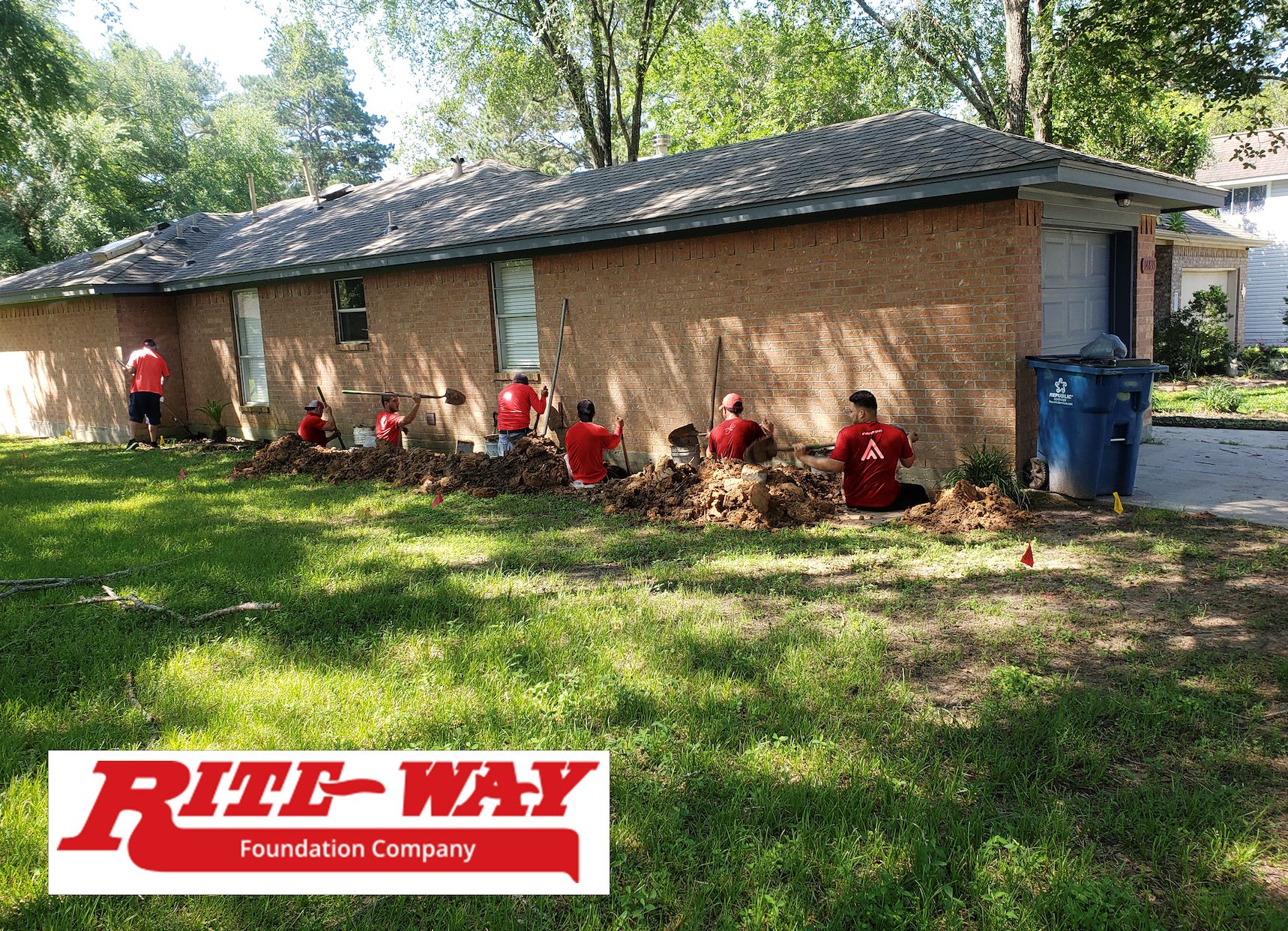As foundation repair professionals, we understand that most people aren’t thrilled by the notion of spending $5000 or more on foundation repair.
Fortunately, there are some steps that East Texas homeowners can take to keep their foundation in great shape.
Understand Prevailing Conditions
In East Texas, you’re up against a unique soil type. We have clay soil that swells when it’s waterlogged and shrivels when the heat hardens it. That is: it expands and contracts constantly, and that has an effect on your foundation. We also have sandy soils. Sandy soils are often stable, but rain can help erode them and wash them away until there’s not much of them left.
Many East Texas homeowners have a mixed-type soil, which is helpful. Nevertheless, even mixed soils can be a challenge.
Water Your Slab
It’s counter-intuitive. In most of the country, you don’t want water anywhere near your foundation. But when the heat is at its highest, it’s good to wet down your slab to help it resist fluctuations in the soil.
Note we said wet down, not soak. You don’t want standing water near your foundation, and you want to make sure that you’ve still got good drainage. A little water in the right conditions is a good thing. A lot of water pooling around just causes water damage and erosion, which you want to avoid.
Seal Hairline Cracks
Small cracks don’t necessarily mean big foundation damage—yet. But they can grow. Sealing them with some epoxy can prevent damage from spreading. It can also keep opportunistic rodents and insects from entering your home.Seal your sidewalk and patio while you’re at it.
We recommend going out to look at your foundation once a quarter so you can find any issues and take care of them.
Schedule Annual Plumbing Inspections
Plumbing leaks cause more foundation issues than even our local soil conditions. Line leaks create invisible sources of water damage. You’ll want to get them corrected ASAP.
As a bonus, taking this step will help you lower your water bill, too.
Install a Root Barrier
Many of us have Live Oaks or Burr Oaks in our front yards, which have invasive root systems. Silver Maple, American Elm, and Magnolia trees all have pretty aggressive root systems, too. You can have your trees, but you have to be mindful of where the roots are spreading.
An invasive root system can destroy a foundation fast.
A root barrier is a rubber mechanical guide that blocks roots from growing in a certain direction. They’re usually installed deep in the ground. The trees will still grow, they’ll just be forced to grow their roots in another direction.
Create a Home Maintenance Savings Account
Sometimes, your best efforts just aren’t going to be enough. East Texas homes are subjected to minor earthquakes we don’t even feel. Severe weather can create challenges you’re just not equipped to face. And homeowner’s insurance doesn’t always want to play ball.
If you have a solid home maintenance savings account, you can feel confident about handling foundation issues when they arise.
On average, a good foundation lasts 50 to 200 years, depending on the type, but that’s under ideal conditions when no challenges arise.
Schedule an Inspection
The faster you catch foundation problems, the cheaper it will be to fix them.
Scheduling an annual foundation inspection may be as nerve wracking as scheduling your annual physical, but it’s still a great step that you can take to keep your foundation in excellent repair.
Don’t worry. We won’t tell you your home needs a foundation repair if we look and see a foundation that’s in great shape.
Ready to get started? Contact us to schedule your next inspection today.

